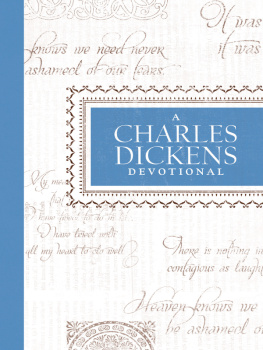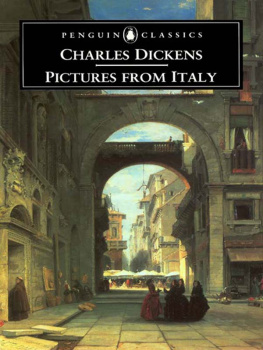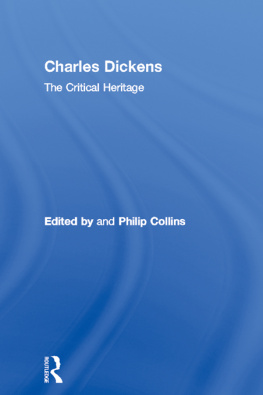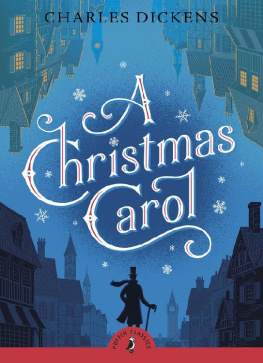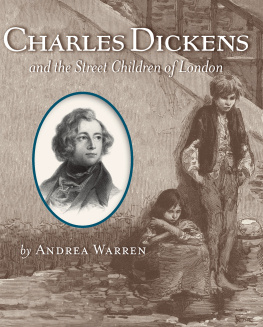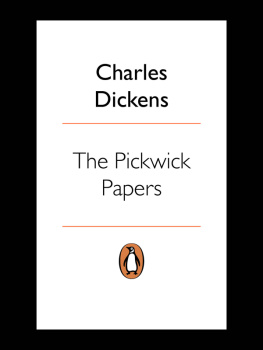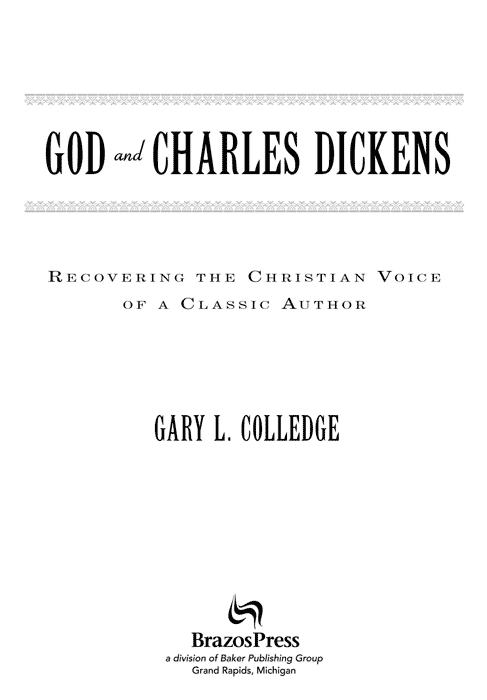
2012 by Gary L. Colledge
Published by Brazos Press
a division of Baker Publishing Group
P.O. Box 6287, Grand Rapids, MI 49516-6287
www.brazospress.com
Ebook edition created 2012
All rights reserved. No part of this publication may be reproduced, stored in a retrieval system, or transmitted in any form or by any meansfor example, electronic, photocopy, recordingwithout the prior written permission of the publisher. The only exception is brief quotations in printed reviews.
ISBN 978-1-4412-3778-1
Library of Congress Cataloging-in-Publication Data is on file at the Library of Congress, Washington, DC.
Unless otherwise indicated, Scripture quotations are from the New American Standard Bible, copyright 1960, 1962, 1963, 1968, 1971, 1972, 1973, 1975, 1977, 1995 by The Lockman Foundation. Used by permission.
Scripture quotations labeled KJV are from the King James Version of the Bible.
Scripture quotations labeled NIV are from the Holy Bible, New International Version. NIV. Copyright 1973, 1978, 1984, 2011 by Biblica, Inc. Used by permission of Zondervan. All rights reserved worldwide. www.zondervan.com
Scripture quotations labeled Phillips are from The New Testament in Modern English, revised editionJ. B. Phillips, translator. J. B. Phillips 1958, 1960, 1972. Used by permission of Macmillan Publishing Co., Inc.
The internet addresses, email addresses, and phone numbers in this book are accurate at the time of publication. They are provided as a resource. Baker Publishing Group does not endorse them or vouch for their content or permanence.
Contents
Acknowledgments
I would certainly be remiss if I failed to express my deepest appreciation and sincere thanks to the handful of family and friends who contributed to the writing of this book in ways that most of them are probably unaware.
Let me begin by thanking everyone at Brazos for their warm reception of the manuscript, their interest in the project, and their careful work on it at every stage of the process. It has been my privilege and a joy to work with such capable and friendly folks.
I would also like to express my gratitude to Dr. Bruce Longenecker (Baylor University), who was instrumental in providing opportunity for the work and research that would eventually produce this book. From the inception of the original project to its publication here, Bruces unobtrusive support and sincere interest has helped give it shape. Thanks, too, to my friend Craig Clapper, pastor of Trinity Evangelical Free Church (South Bend, Indiana), who queried with his characteristic frankness, What does Dickens have to say to the church? and who then invited me to share my answer with his congregation. The conversations I enjoyed with Craig on Dickens and the church provided the impetus for the rough outline of this work.
Don Alexander, my good friend and mentor, read and discussed chapters five and six with me and provided a careful critique in a very short time. Over the years, Don and I have had countless discussions concerning the church and I have benefitted greatly from his wisdom and insight. I thank him for his contribution to this volume.
My work colleagues and friends at Summa Western Reserve Hospital (Cuyahoga Falls, Ohio) have consistently expressed a genuine excitement for the project and regularly offered generous words of encouragement, for which I am grateful. I extend special thanks to Joe Spiros, my supervisor at work, for his accommodation of my writing schedule and his enthusiastic support for the project.
I could never have completed this project without the unwavering support of my family. While that may seem a tired and clichd expression to some, anyone who has ever undertaken the sort of solitary and time-intensive project writing sometimes can be knows how true such an expression is. My childrenand my best friendsEmily, Kristen, Jonathan, and Rachel, always exhibited an extraordinary excitement for anything and everything related to the writing processwhether that was the turning of a phrase, the working out of an argument, the completion of a chapter, the finishing of the manuscript, or the final submission to the publisher. And they always made me feel like this would be the most important book the world would ever see. Saying a simple thank you to them seems quite inadequate.
My deepest gratitude goes to Marla, my wife. She endured endless conversations (and even more ramblings) about Dickens, about religion, about Dickens and religion, about all things Dickensian, and even about the writing process. She read, she thought, she formulated, she outlined with me. And she did it all with patience, grace, interest, and selfless love. Her influence is inscribed on every page of this book. A mere thank you is surely not enough. Nevertheless, I express that thanks, and while doing so I am reminded of how Dickens brings his David Copperfield to a close. As David reflects on the many faces in his memory, he is soon brought to reflect on the face of his wife, Agnes. But one face, David writes, shining on me like a Heavenly light by which I see all other objects, is above them and beyond them all. And that remains. I turn my head, and see it, in its beautiful serenity, beside me. My lamp burns low, and I have written far into the night; but the dear presence, without which I were nothing, bears me company. I know exactly what David is talking about.
Introduction
T his is a book not so much about Charles Dickens as it is a book of him. At least it tries to be. By that I mean, I have attempted in these pages to let Dickens speakthrough his fiction, through his letters, through his journalism, through his speecheswith as little interference as possible but also without letting the book become simply a compendium of quotations. Specifically, I have attempted to let him speak so that we might hear Dickens the Christian. That voice, the Christian voice of Charles Dickens, for whatever reasons, is not often heard. Yet, Dickenss Christian voice is conspicuous and pervasive in his work, even though that fact is not always recognized or acknowledged.
Michael Slater, in his definitive biography, Charles Dickens (2009), makes some significant gestures toward Dickenss faith. First, in the several instances where Slater mentions the faith of Dickens, it seems clear that Dickenss faith was no small matter in his life. Dickenss faith, Slater implies, is part and parcel of who he was and is evident throughout his life. Second, Dickenss faith, says Slater, finds expression in his work, whether in the deliberately spiritual The Life of Our Lord , his social journalism, or his fiction. Third, and not unexpectedly, Dickenss faith sustained him in difficulty and tragedy, particularly as he grappled with the deaths of various friends and family members. Of course, Slater says little, if anything, substantial about the nature or the substance of Dickenss faith. Given the intent and design of Charles Dickens , it would be a bit misinformed, not to mention unfair, to expect Slater to speak extensively to Dickenss faith or to suppose that he should. That is the subject and the purpose of another book, a different book. The book you are reading is an attempt to be that other book.
As such, then, this book purposes to speak to the Christian faith of which Slater writes. It is a book that will attempt to lead you into Dickenss Christian thought but to guide you only sparingly. Once you are acquainted with Dickens and introduced to his understanding of the life of faith, my hope is that you will examine him on your own and test my observations against yours. Certainly, I have made every effort to be honest and accurate in what is written here, and to the best of my knowledge, it is honest and accurate. Furthermore, I am hopeful that my treatment of Dickens will be adjudged to be reasoned and fair. And, of course, any errors in content or judgment are certainly my own and for which I accept full responsibility.



